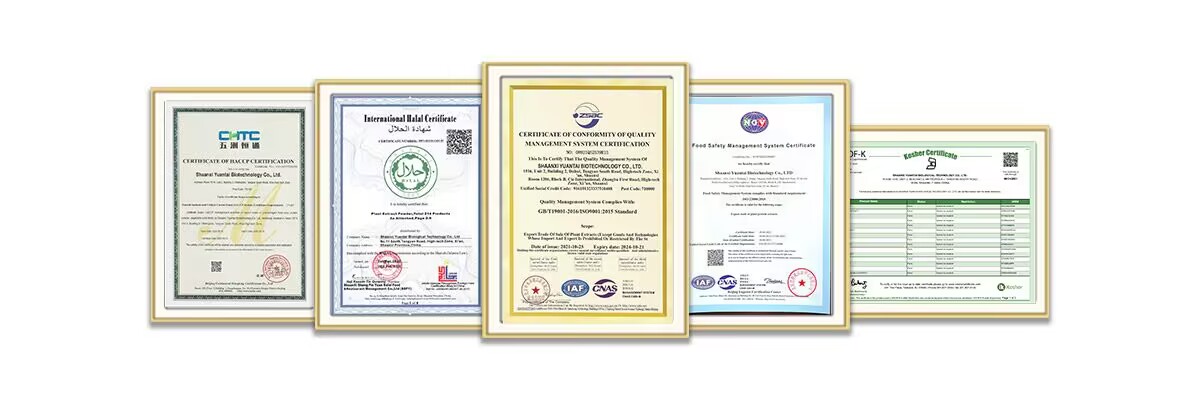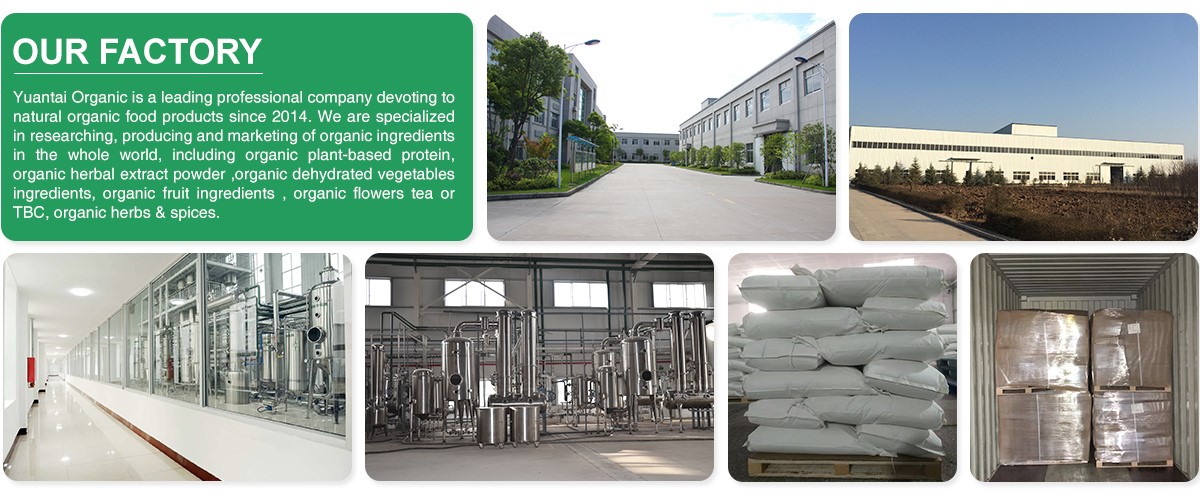Licorice flavonoids
Molecular formula: C20H20O4
Detection method: HPLC
Delivery time: 1-3 days
Stock: In stock
Certification: EU&NOP organic certificate, ISO9001, ISO22000, Kosher, Halal, HACCP
Payment method: T/T, VISA, X transfer, Alipay...
Shipping: DHL, FedEx, TNT, EMS, SF
- Fast Delievery
- Quality Assurance
- 24/7 Customer Service
Product Introduction
What is Licorice Flavonoids?
Licorice flavonoids is an organic brown-red viscous liquid that is insoluble in water and various oils, but soluble in ethanol, propylene glycol, glycerin and some organic solvents. It is a natural whitening agent extracted from a specific variety of licorice. It can inhibit the activity of tyrosinase, dopachrome interconversion and DHICA oxidase. It is a fast, efficient and green whitening and anti-freckle cosmetic additive.
It has many functions in beauty cosmetics, and can inhibit tyrosinase activity, remove oxygen free radicals, and has anti-inflammatory and anti-allergic effects. This is mainly due to glycyrrhizic acid iridium - glycyrrhizic acid and glycyrrhizic acid salts, which can also inhibit capillary permeability.
It also has adrenal cortex hormone-like effects, which have mineralocorticoid and glucocorticoid steroid-like effects. Some people believe that the principle of its hormone-like effect is that the chemical structure of glycyrrhetinic acid is similar to that of adrenal cortex hormones, which is a direct effect, but some people believe that it is an indirect effect, that is, glycyrrhetinic acid inhibits the destruction of adrenal cortex steroids in the body, so the blood content increases accordingly.
At the same time, it can inhibit tyrosinase activity and scavenge oxygen free radicals. Its antioxidant capacity is close to that of vitamin E. Given that licorice is a tonic Chinese medicine, tonic medicines contain proteins and various amino acids, fingers, polysaccharides, fruit acids, vitamins, trace elements, etc. Among them, proteins and their hydrolyzed amino acids are used in cosmetics, which have a nourishing and moisturizing effect on skin and hair, and have a repairing effect on damaged skin and hair. Therefore, under the theory of traditional Chinese medicine, it is usually added to the compound whitening and freckle removal liquid to clinically treat the following skin problems:
1. Chloasma (black spots);
2. Contact dermatitis caused by the use of various chemical cosmetics;
3. Common acne caused by excessive blood heat in the body, coupled with improper diet, invasion of external evils, and blood stagnation and phlegm;
4. Solar and drug-induced dermatitis;
5. Freckles caused by insufficient kidney water
Chemical structure:
It is the main active ingredient of the Chinese medicine licorice. It is a type of polyphenolic compound formed by two benzene rings connected by three carbon atoms. It has a basic C6-C3-C6 skeleton. According to the degree of oxidation of the three-carbon chain between the two benzene rings, whether the three-carbon chain forms a ring structure, whether there is a hydroxyl substitution at the 3rd position, and the position of the B ring connection, it can be divided into flavonoids, flavonols, chalcones, isoflavones, dihydroflavones, isoflavanoids, etc.
The oral bioavailability is extremely low, and it has antioxidant, anti-inflammatory, photoprotective, anti-aging, and anti-wrinkle effects when applied externally. It has significant anti-acne, anti-melanin deposition or anti-melanoma effects when applied externally. After skin application, it can reduce the erythema, wrinkles, epidermal thickening and weakened elasticity caused by outdoor ultraviolet rays (UVB), reduce the levels of reactive oxygen and inflammatory factors, increase the content of deacetylase (SIRT3), and play a skin protective role through the SIRT3/ROS/NF-kB pathway. It inhibits the proliferation of melanoma cells by inhibiting miR-301b and inducing its target cell LRIG1. Induces apoptosis of A375 and A431 melanoma cells by promoting the expression of specific protein 1 and apoptosis-related proteins.

Application in skin care products
It is a natural whitening agent extracted from a specific variety of licorice. It can inhibit the activity of tyrosinase, dopachrome interconversion and DHICA oxidase. It is a fast, efficient and green whitening and anti-freckle cosmetic additive.

1. Whitening effect
It can inhibit the production of melanin, reduce pigmentation, and has a significant whitening effect. It can block the activity of tyrosinase and reduce melanin formation. Through long-term use, it can make the skin color even and bright, reduce the appearance of spots and freckles, effectively inhibit tyrosine activity, have whitening and anti-inflammatory effects, and have certain antioxidant effects. These characteristics make it have important application value in skin care products. It can be used to make whitening creams, essences and other products to help reduce the formation of melanin, brighten the skin tone, reduce skin inflammation, and improve skin conditions.
2. Moisturizing effect
It has a good moisturizing effect, which can help the skin lock in moisture and enhance the skin's moisturizing ability. It can form a protective film to prevent water loss and keep the skin moisturized. Therefore, it is particularly suitable for dry skin and can improve the roughness and desquamation caused by dryness.
3. Antioxidant effect
Due to the influence of external factors such as environmental pollution and ultraviolet radiation, the skin is exposed to the attack of free radicals, resulting in oxidative damage. It has an antioxidant effect, which can effectively prevent the damage of peroxidation products to cell tissues, reduce the occurrence of eczema and skin aging, and neutralize free radicals to prevent damage to skin cells. At the same time, it can also promote the synthesis of collagen, increase the elasticity and firmness of the skin, and reduce the appearance of fine lines and wrinkles. This makes it an ideal antioxidant ingredient that can be added to various skin care products to help resist environmental pollution and ultraviolet radiation damage to the skin.
4. Antibacterial effect
It has a broad-spectrum antibacterial effect and can inhibit the growth of a variety of bacteria and fungi. It can be used to treat various skin infections, such as acne and secondary infections of eczema. In addition, it also has the effect of inhibiting the oxidation of fat on the skin surface, which helps to improve oily skin problems.
5. Anti-inflammatory effect
Inflammation is the root cause of many skin problems, because it has excellent anti-inflammatory effects. It can reduce inflammatory reactions such as skin redness, itching and pain, and can effectively relieve skin discomfort caused by allergies or excessive stimulation. By inhibiting the production of inflammatory factors, it can improve various skin inflammations such as allergic dermatitis and eczema.
6. Safety and stability
As a natural ingredient, it has good safety and stability. It is insoluble in water and various oils, but soluble in ethanol, propylene glycol, glycerin and some organic solvents, which makes it easy to use in skin care products and can remain stable in different formulation systems.
The application prospects of licorice flavonoids in skin care products are very broad. Its whitening, anti-inflammatory and antioxidant effects make it a versatile skin care ingredient that can help improve skin quality and delay skin aging. With the growing pursuit of natural and safe skin care products, it is expected to become a star ingredient in more high-end skin care products in the future.
Supplier
Yuantai Organic Bio is committed to providing customers with the highest-quality bulk licorice flavonoids and services so that every consumer can enjoy natural, healthy, and high-quality food. If you have any inquiries or needs about our products, please feel free to contact us, and we will reply to you as soon as possible.

Package&Shipment


Our Company and Factory

_1737093401309.png)

